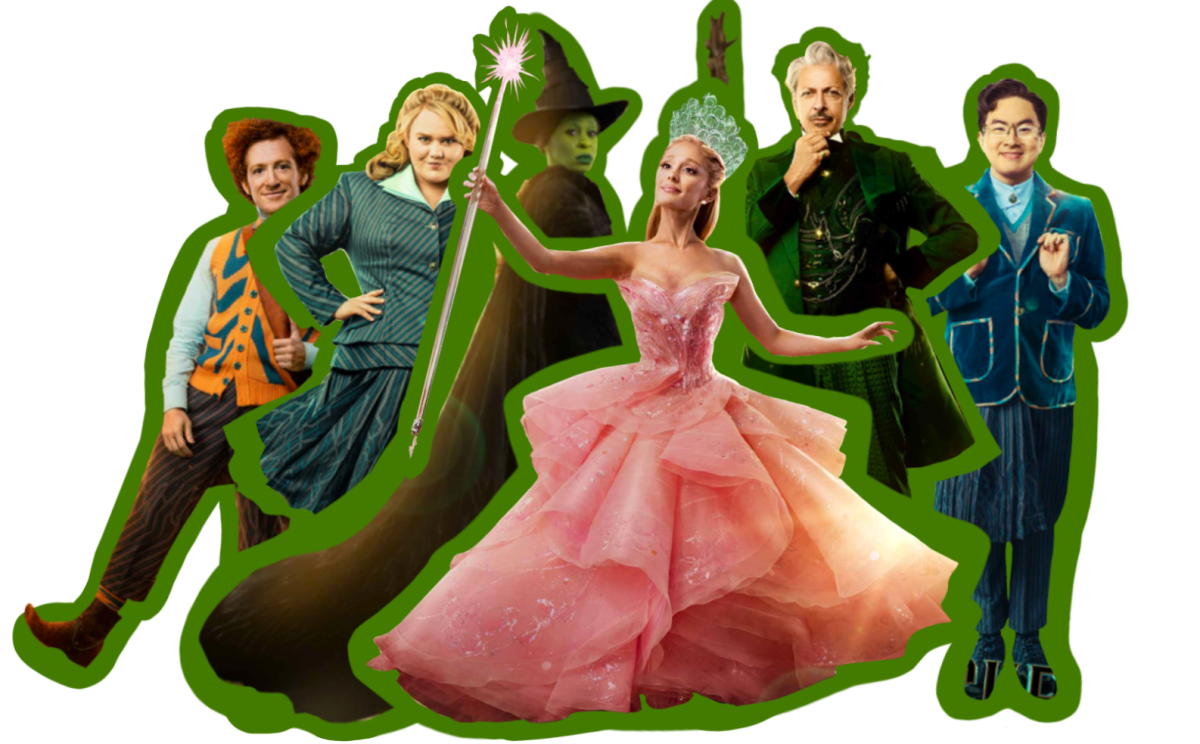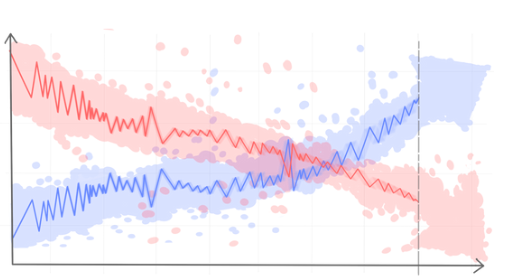Written by Caroline Ro
To each their own, we say, when it comes to art. Self-expression has grown to be more respected by today’s youth, and is generally given its proper space and freedom in whatever way it decides to manifest itself.
With the rise of hypebeast culture, however, this same respect and acceptance is not as evident. The definition of hypebeast culture really depends on who you ask—for some, it just means someone who’s into streetwear and urban fashion. But more often than not, being a hypebeast carries a negative connotation. Hypebeasts have come to be portrayed as unoriginal slaves to “hyped up” trends, hence the name. They’re stereotyped as people who like to stick Supreme logos on as many surfaces of their body as humanly possible, often to impress others or in hopes of bettering their social status. To put it shortly, they get a bad rap.
But if fashion is art and art is objective, why do we not apply the same principle of respect when regarding hypebeast fashion? What makes hypebeast culture different? What makes it the thing that everyone loves to hate?
A lot of the stigma probably has to do with brands. Brand names and logos,
most notably Supreme, Stu?ssy, A Bathing Ape and Anti Social Social Club, are
undeniably integral parts of hypebeast culture. In fact, many staple pieces from these brands display their logos in large, bold, remarkably readable print. It makes sense that this would rub some people the wrong way; a lot of these brands aren’t cheap, and these large logos often make the wearer seem pretentious, like they’re flaunting an expensive price tag.
These brands, however, represent more than just a hefty pricetag. “Each brand has its own connotations,” senior Matthew Skowronski said. “If you buy a certain brand, you’re buying into that brand’s mentality and what they believe in. You’re essentially saying, ‘Yes, I support that.’”
During the 2016 presidential election, for instance, streetwear brands like Brain Dead, Supreme and Bianca Chandon actively voiced their opposition to Donald Trump on social media. A Supreme x Molodkin “Donald Trump” t-shirt surfaced on eBay, priced at nearly $23,000 and depicting a blurred and bright red image of the president-elect at the time. Other well-established brands have even designed clothing pieces that make political statements on a variety of topics. Russian designer and brand Gosha Rubchinskiy, for example, designed a T-shirt with the Chinese and Russian flag printed next to each other, commenting on Sino-Russian relations. Supreme also released a T-shirt denouncing sexism and racism, while Off-White’s 2015 fall/winter collection was said to have been inspired by the Charlie Hebdo attacks in Paris earlier that year. Perhaps what many regard as an obsession with brands may have more to do with an alignment and support of certain political and social values.
And then there’s the individuality aspect of it. For most, hypebeast culture is strongly linked to unoriginality and fad following. “It has negative connotations, because anytime we bring up hypebeast you’re thinking of the twelve year olds or the [people] with the NMDs [shoes] and everything,” senior James Stewart said.
For the most part, hypebeast brand names aren’t as important to wearers as they seem.
“For me personally, it’s not as important what brand it is, more that I see that it’s quality and something that is unique and something that I can see an out t with,” sophomore Katherine Skowronski said. “It’s less important to me that you see a label on the shirt.”
With the prevalence of hypebeast and street fashion of rap culture, many hypebeasts are also accused of copying rapper style icons, rather than expressing themselves and being unique in their fashion. It’s important to note, though, that the tie between rap and hypebeast culture is only one example of the inherent and inseparable relationship between the media, pop culture and fashion. Fashion, by definition, is based on trends and style aspects, which are in turn shaped by society. If we are meant to champion fashion as a means of self-expression and creativity, who are we to say that hypebeast culture doesn’t fall into those categories? Hypebeast fashion is just as capable of reflecting one’s character and identity as the most avant-garde, abstract branches of fashion and art are.
Despite how this truth is invalidated by onlookers, proclaimed hypebeasts still strive for individuality in their style. This notion that hypebeasts lack creativity is acknowledged within its community, and even pushes individuals to adopt a clearer personality and uniqueness in their clothing. “First, [I became interested in hypebeast culture] because it was really different… But now… everybody’s doing the same thing, [and] it’s less special,” Matthew Skowronski said. “I try to search for things that are unique and different and haven’t been done yet.”
Ultimately, how someone decides to present themselves to the world through fashion is a form of self-expression, and in order for people to feel confident and comfortable with who they are, they should be given the freedom that they are entitled to. “I think a part of [fashion] is how comfortable I feel looking at myself and being around other people,” senior Nathan Siu said. “I’m not trying to impress other people, but if I feel more comfortable with the way I look, then I’ll feel more comfortable in general.”






















